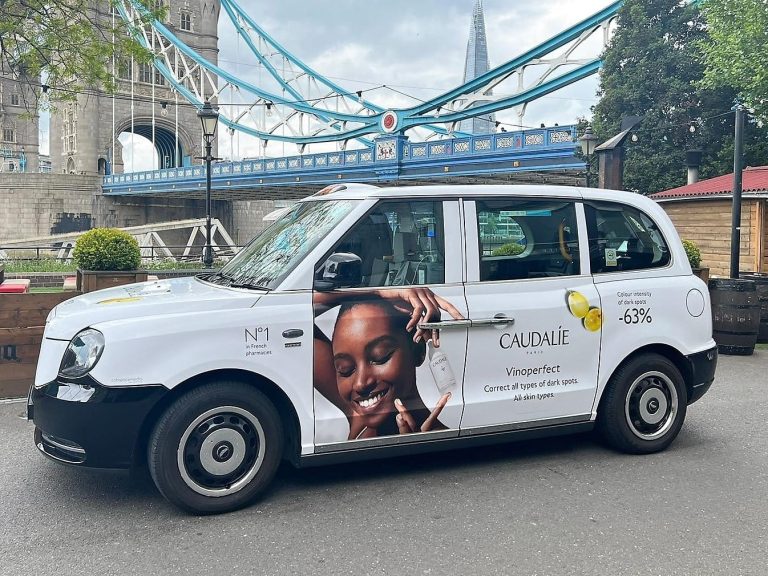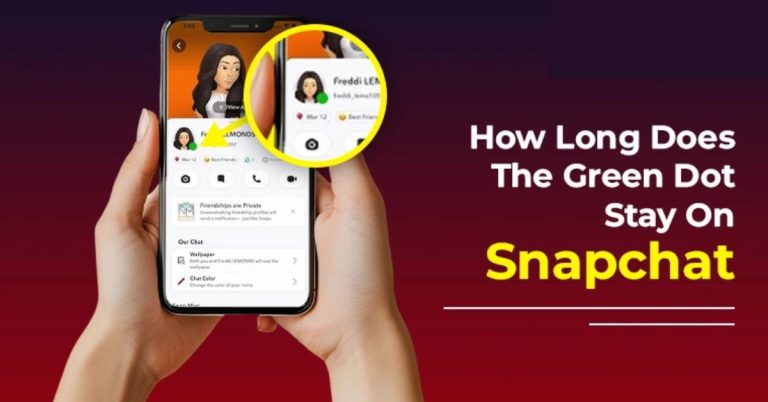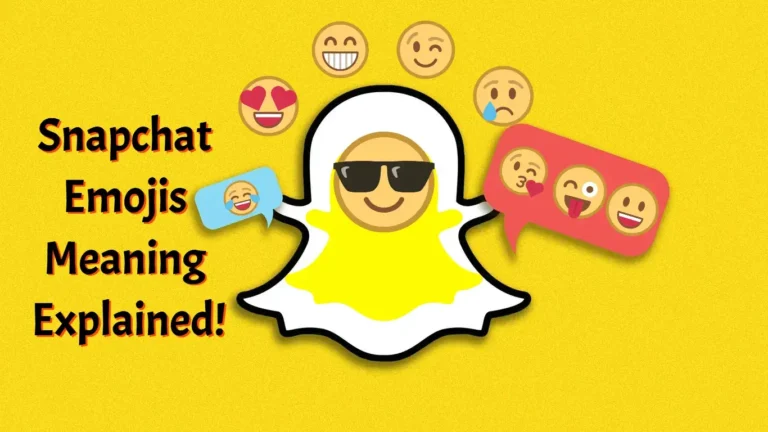Digital Kindness: Using Online Platforms to Support Donation Drives
You might think clicking “share” doesn’t do much. Wrong. When you amplify a donation drive online, you’re tapping into networks that physical flyers could never reach. Your college roommate in Seattle sees it. Your cousin’s friend, who works at a corporation with matching programs, notices it. That’s the power of digital kindness—it multiplies exponentially.
But here’s what most people miss: effective online support goes way beyond just reposting a link.
Get Weirdly Specific About What’s Needed
Generic posts about “donations needed” get scrolled past. Instead, try this: break down exactly what $25 accomplishes versus $100. Create mini-graphics showing “this buys 30 meals” or “this covers winter coats for three kids.” People respond to a concrete impact to support The Emiliani Project.
Even better? Highlight the unusual items donation drives actually need. Everyone thinks of canned goods, but what about:
- New socks (shelters always need them)
- Dish soap and cleaning supplies
- Battery-operated alarm clocks
- Backpacks for adults, not just kids
- Gift cards to grocery stores for people with dietary restrictions
Use Your Story Features Like a Pro
Instagram and Facebook Stories disappear in 24 hours, which actually works in your favor. The temporary nature creates urgency. Post daily countdown stickers. Show behind-the-scenes clips of volunteers sorting donations. Film quick testimonials from organizers explaining immediate needs.
Here’s an underused trick you should try: create a “donation drive” highlight reel that stays on your profile. Anyone visiting your page months later can still find the information and potentially support future drives.
The Power of Micro-Influencing
While it doesn’t hurt to have a boatload of followers, you don’t need thousands of followers to make a difference. If even five friends see your post and two of them donate or share, that’s exponential growth happening. Tag people directly—not in a pushy way, but thoughtfully. “Hey @Sarah, I remember you mentioned wanting to give back this year. This organization does amazing work.”
Make people feel personally invited rather than generally informed.
Turn Gaming and Streaming Into Giving
If you stream on Twitch or game online, set up charity streams. Viewers can donate in exchange for challenges or gameplay choices. This works for any hobby with an audience—crafting videos, cooking demos, workout sessions. People love entertainment with purpose.
Create a Giving Registry
Here’s something almost nobody does: use Amazon wishlists or Target registries for donation drives. Organizations can list exactly what they need, and you share the link. Donors see their specific item getting purchased and shipped directly. No middleman confusion. Plus, it appeals to people who are more comfortable buying things than writing checks.
The Follow-Up That Nobody Does
After the drive ends, share the results. Post photos of collected items. Share numbers: “Because of 47 online donors, we collected 300 coats.” Tag and thank people publicly (with permission). This isn’t just courtesy—it’s training your network to respond next time.
People want to know their digital actions translated into real-world impact.
Your Call to Action Matters
Don’t just post a link and hope. Give people three specific options: donate money, donate items, or share with their network. Some people can’t give financially but have large networks. Others prefer buying physical items. Meet people where they are.
Digital kindness isn’t passive. It’s strategic, creative, and surprisingly powerful when you move beyond the basic share button.







